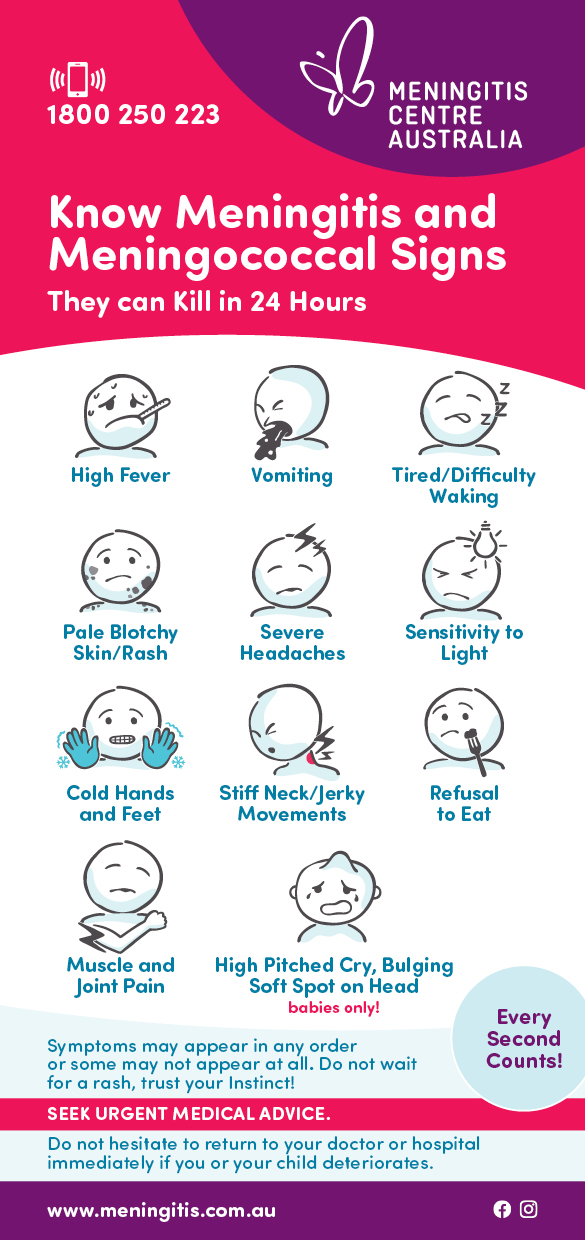A 51 year old woman from metropolitan Adelaide is in hospital with meningococcal disease as the number of disease victims hits a six-year high.
These include Mark Taylor, 53, of Greenwith who died from the B strain of the disease earlier this month after being rushed to Lyell McEwin Hospital.
The woman is the 20th case reported in South Australia so far this year compared with 13 at the same time last year.
It is the highest number at this time of the year in six years — there were 14 cases at the same time in 2012 and fewer at the same time in intervening years.
The woman is in a stable condition being treated for the B strain of the disease.
SA Health has located people who have had recent contact with the woman and two of them are receiving antibiotics as a precaution.
Health information about the disease has also been given to people who have had contact with the woman.
SA Health authorities say winter and spring are higher risk times for the disease, but stress that the disease is only spread by close or lengthy contact so there is no increased public health risk.
Of the 20 cases reported in SA so far this year, 13 have been the B strain, five the W strain and two the Y strain.
What to look for … the rash associated with meningococcal disease.
Signs of the disease include high fever and a rash which starts as small pinprick like dots, as well as vomiting, leg pain, headache, stiff neck and sensitivity to light.
Mr Taylor’s family has called for the vaccine for the B strain to be subsidised, after the father of six and grandfather of three succumbed to an aggressive attack of the bacterial infection.
Globally there are 13 strains of meningococcal disease, in Australia the most common strains are B and C, and while there are vaccines available for five strains including B, only the vaccine for the C strain is free and is given to babies at 12 months.
Up to one in 10 patients with invasive meningococcal disease in Australia dies. Of those who survive, one in 30 has severe skin scarring or loss of limbs, and one in 30 has severe brain damage.
SOURCE: The Advertiser

